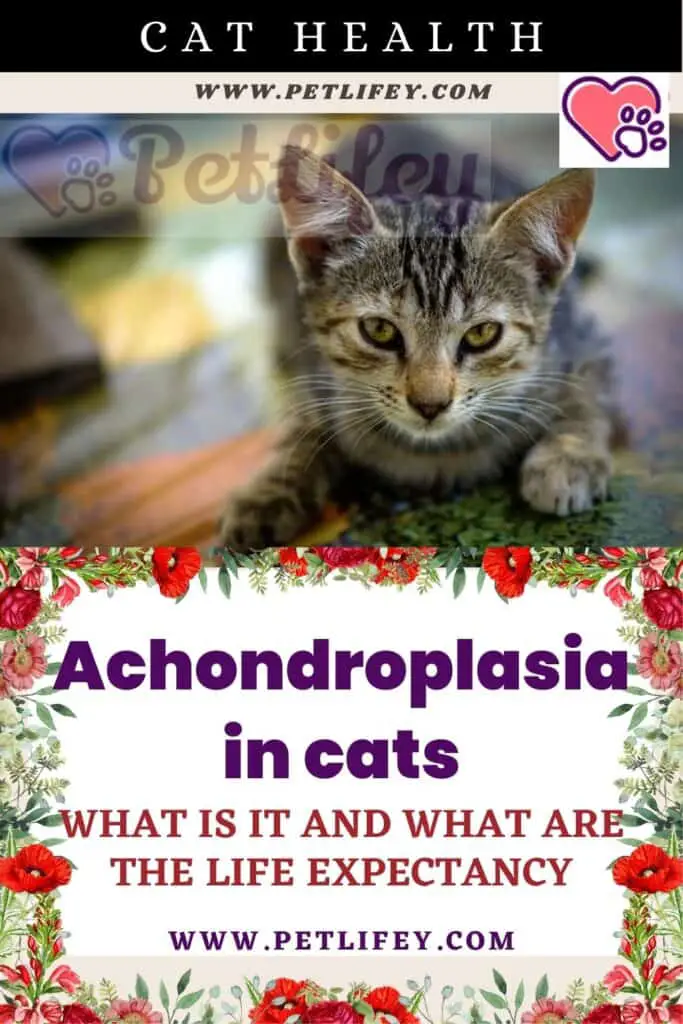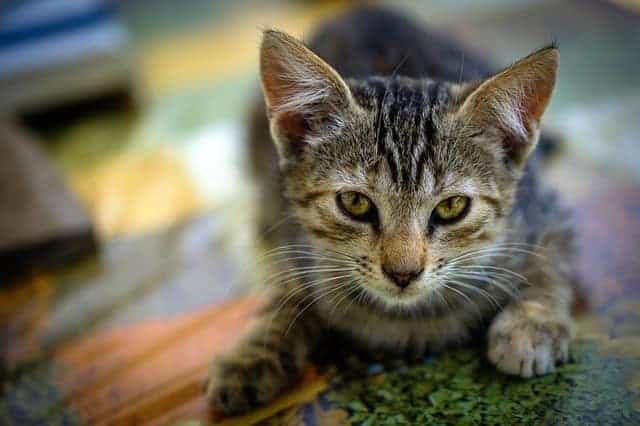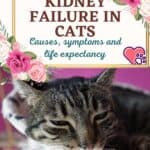Among the various genetic diseases that can affect the cat is achondroplasia: let’s find out what it is and how it affects the life of the feline.

The human being and the cat “share” different pathologies, which can affect both one and the other. Among them also achondroplasia, a genetic disease to which, in particular, some cat breeds are subject. Here is a brief overview of the pathology.
Achondroplasia in cats: what is it
Achondroplasia in cats is a genetic disease, better known as feline dwarfism.
The cat has shorter limbs, while the head and body are of ordinary size. Achondroplasia is a less severe form of osteochondrodysplasia, which is an inherited disease of the bones and cartilages.
Although the pathology is quite rare, in the last century the hand of the human being gave birth to cat breeds characterized “ordinarily” by dwarfism; in this regard, the expression “selective dwarfism” is used to indicate the phenomenon.
Among the most famous feline breeds is the Munchkin : also known as the dachshund cat, the feline is affected by achondroplasia, since in front of an ordinary sized head and body, it is found with shorter limbs.
Also worth mentioning are the Dwelf (which has shorter front legs than the hind ones), the Bombay , and the Lambkin (the result of crosses between several races).
What are the life expectancy of the feline

What life expectancy does a cat with achondroplasia or, worse still, osteochondrodysplasia have? There is no single answer; it all depends on the specific case. The fact that the feline has dwarfism does not automatically mean that it will have a shorter life.
A dwarf cat, in fact, which can carry out ordinary activities without problems, has the same life expectancy as a feline not a carrier of achondroplasia. The genetic anomaly, however, makes the chances of developing problems such as arthritis, joint pain , and, in severe cases, mobility problems higher.
It should also be remembered that achondroplasia is a less severe form of osteochondrodysplasia, which causes greater difficulties for the affected cat. Even in the absence of obvious disorders, the feline must still be monitored constantly, with periodic visits to your trusted veterinarian.






